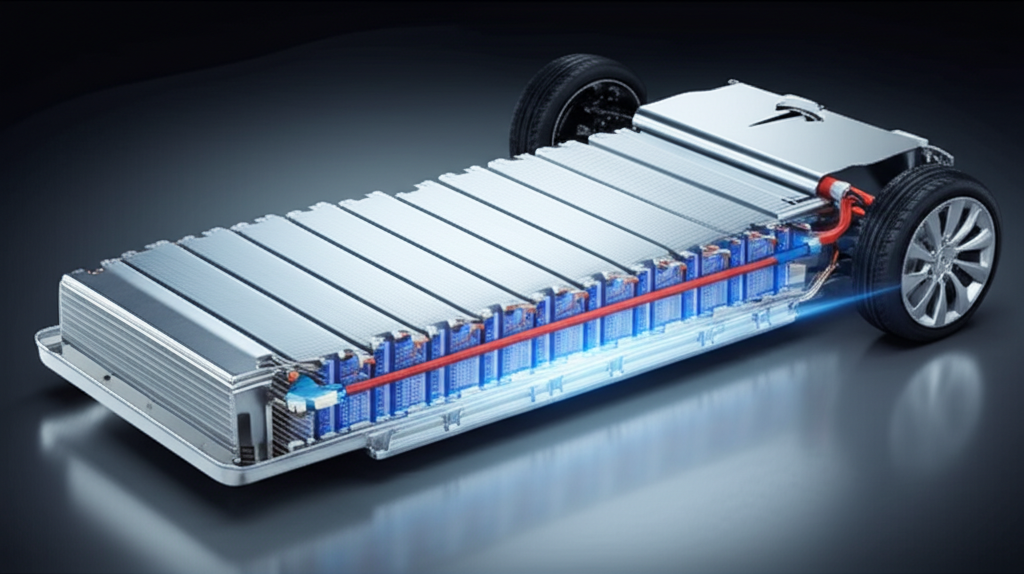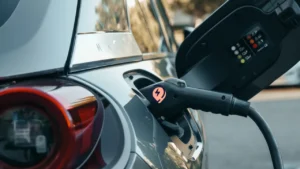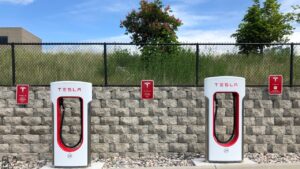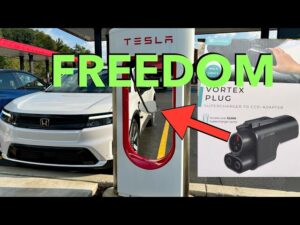This article explores the intricacies of how Tesla batteries work, from their cell chemistry and thermal management to their innovative battery pack design and charging technology.
Short Summary

Tesla’s dominance in the electric vehicle (EV) market is largely attributed to its advanced battery technology. This article provides a comprehensive overview of Tesla’s battery systems, exploring the underlying principles, innovative designs, and future directions of this crucial component. Understanding how a Tesla battery works is key to appreciating the performance, range, and overall efficiency of these cutting-edge vehicles.
Understanding the Basics: Tesla’s Battery Cells
Tesla utilizes lithium-ion battery cells, similar to those found in laptops and smartphones, but on a vastly larger scale and with significant refinements. These cells are the fundamental building blocks of the Tesla battery pack. Currently, Tesla mainly uses two types of battery chemistries:
- Nickel Cobalt Aluminum (NCA): Known for higher energy density, providing greater range. Used primarily in longer-range models.
- Lithium Iron Phosphate (LFP): Offers longer lifespan and improved safety, though with slightly lower energy density. Becoming increasingly prevalent in Tesla’s standard-range vehicles.
| Battery Chemistry | Advantages | Disadvantages | Use Cases |
|---|---|---|---|
| NCA | Higher energy density, greater range | Higher cost, cobalt sourcing concerns | Long-range Tesla models |
| LFP | Longer lifespan, improved safety, faster charging | Lower energy density, less range in cold weather | Standard-range Tesla models |
The choice of chemistry reflects a balance between performance, cost, and sustainability. Tesla continuously researches and develops new battery chemistries to further improve these aspects.
From Cells to Packs: The Tesla Battery Pack Architecture
Thousands of individual cylindrical cells are grouped together into modules, and these modules are then combined to form the complete battery pack. This modular design offers several advantages:
- Scalability: Allows Tesla to adjust the battery pack size depending on the vehicle model and desired range.
- Serviceability: Facilitates easier repair and replacement of individual modules rather than the entire pack.
- Safety: Dividing the cells into modules helps contain thermal runaway events, preventing catastrophic failures.
Tesla’s innovative battery pack architecture incorporates sophisticated management systems:
- Battery Management System (BMS): Monitors individual cell voltage, temperature, and state of charge, ensuring optimal performance and longevity. The BMS also balances the charge across all cells, maximizing the pack’s usable capacity.
- Thermal Management System: Regulates the battery pack temperature, keeping it within the ideal operating range for optimal performance and lifespan. This is crucial for efficient operation in both hot and cold climates.
Charging the Tesla Battery: Efficiency and Speed
Tesla’s charging infrastructure, including the Supercharger network, complements its advanced battery technology. Tesla vehicles support various charging methods:
- Supercharging: Utilizes high-powered direct current (DC) to deliver rapid charging speeds.
- Destination Charging: Provides convenient AC charging at partner locations like hotels and restaurants.
- Home Charging: Allows owners to charge their vehicles overnight using a Wall Connector or a standard outlet.
The battery management system plays a critical role during charging, controlling the current flow and ensuring safe and efficient charging.
The Future of Tesla Batteries: Innovation and Sustainability
Tesla continues to push the boundaries of battery technology, with ongoing research focused on:
- 4680 Cells: Larger cylindrical cells promising significant improvements in energy density and cost reduction. (Learn more about Tesla’s 4680 battery)
- Dry-Electrode Technology: Simplifies the manufacturing process, potentially leading to further cost reductions and increased production speed.
- Battery Recycling: Aims to recover valuable materials from used batteries, reducing environmental impact and securing a sustainable supply chain. (Explore Tesla’s sustainability efforts)
FAQs: Common Questions about Tesla Batteries
Q: How long does a Tesla battery last?
A: Tesla batteries are designed for long life, typically lasting hundreds of thousands of miles or many years. Warranty coverage varies depending on the model.
Q: How much does it cost to replace a Tesla battery?
A: The cost of replacing a Tesla battery varies depending on the model and capacity. However, battery replacements are relatively infrequent due to their longevity.
Q: Can you charge a Tesla battery with a regular outlet?
A: Yes, you can charge a Tesla battery with a standard household outlet, though charging speeds will be slower compared to a dedicated Wall Connector or Supercharger.
Q: How does cold weather affect Tesla battery range?
A: Cold temperatures can temporarily reduce the range of a Tesla battery. The thermal management system works to mitigate this effect, but some range reduction is unavoidable in extreme cold.
Q: How does Tesla ensure battery safety?
A: Tesla incorporates multiple safety features, including the battery management system, thermal management system, and physical design elements, to prevent thermal runaway and protect the battery pack.
Conclusion
Tesla’s battery technology is a crucial factor in the company’s success and the broader adoption of electric vehicles. Their innovative approach to cell chemistry, battery pack design, thermal management, and charging infrastructure has set a high bar for the industry. As Tesla continues to research and develop next-generation battery technologies, we can expect further improvements in range, performance, lifespan, safety, and sustainability. These advancements will be vital in accelerating the transition towards a sustainable transportation future.


